History of the Houses
Brownell Talbot has a unique activity known as the House System, or most frequently shortened to just “House.” House time is where students from all different grades meet twice a week and socialize together. Sometimes they do House vs. House sports, and other times they do crafts together. Houses also partner with lower school grades and regularly do activities with them. But what is House? Where did all of the Houses get their names? Come along as we take a tour through each one of BT’s unique Houses.
Abbott
Abbott house was named after a woman named Edith Abbott. She was a Brownell Hall graduate from 1893 who later served as Dean of an American Graduate school. She continued to study at the London School of Economics and Political Science. She worked at the University of Chicago from 1924-1942 as a social worker. She spent her life promoting ways to solve the poverty problem in the United States and continued to do social work for the rest of her life.


Patrick
In 1923 Brownell Hall was moved to a new building on an estate known as J. Nelson Hayes Patrick Estate, which is also the current location. The estate had a large house which came to be known as “The Old White House” to the students and faculty. For over 30 years young ladies made many happy memories in that house. Sadly, The Old White House had to be demolished in 1960. Below are some images of what the house looked like while being used for boarding and schooling…



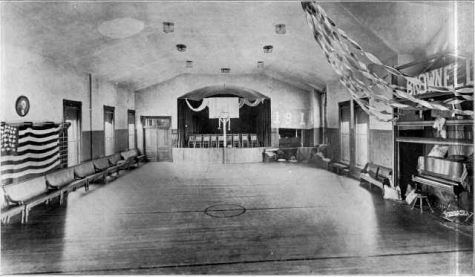
Gillmore
Louis Gillmore was the Head Teacher at Brownell Hall when the school first opened in 1863. During her time at the school, Nebraska was still a territory and America was fighting in the Civil War. Because of the time period, Brownell Hall had no running water, no electricity, no gas, or sewer system. This meant that the school ran on wood burning fireplaces to heat the whole school and run the kitchen and candles and oil lamps to provide light. As Head teacher, Mrs Gillmore’s job was to keep the school organized and oversee classes and give out rewards or punishments to students.


Dake
Dake house is named after the Reverend O.C. Dake was Browell Hall’s first principal when the school opened in 1863. This is the opening statement made at the opening of Brownell Hall, ““The Institution, we are happy to state, commences under the most favorable auspices. It has an able faculty, consisting of the following named persons: Rev. O. C. Dake, A. M., Principal; Miss Helen M. Liddiard, Miss M. Louise Gillmore, assistant; Miss Sarah J. Miser, Music Teacher, and is placed, we believe, upon a sound financial basis. The present buildings have thirty-four rooms and can accommodate thirty boarders. There is every prospect that this number will be obtained in a few weeks. The following young ladies came up from Nebraska City on the “Emilie” to attend the seminary: Misses Taylor, Cleveland, Boulware, Robb and Stephenson. The number from the city, attending, will, of course, be large.” This statement refers to the school’s very first location.


Hoyt
Hoyt house was named after a woman named Helen Hoyt who was a Brownell Hall graduate. She was in the very first graduating class from Brownell Hall on July 10th, 1863 and the first class to graduate in Nebraska. Students from this time would take classes such as religion, needlework, housekeeping, and mending.


Hitchcock
Gilbert M. Hitchcock co-founded the Omaha Daily World (now the Omaha World-Herald) in 1885. Hitchcock was married to Martha Harris, a member of the Kountze family (many of whom are BT alumni, parents of alumni, and former trustees). Martha established the Hitchcock Foundation in honor of her husband. Through the years, the foundation has been active in supporting the school. Some of the alumni include
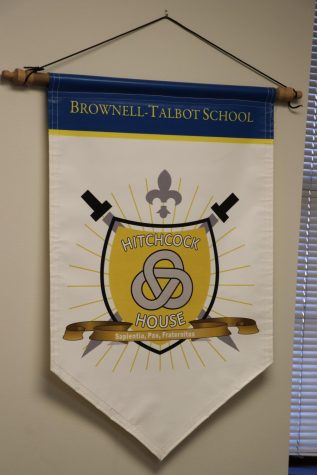
Butterfield
Butterfield house was named after Elizabeth Butterfield who was the first female principal at Brownell Hall from 1869-1871. She was loved throughout the school and a quote in a Brownell Hall history book says, “a lady of beautiful character and influence, and her legacy to the school was a spirit of kindness and unselfishness.”


Hermann
Hermann was named after a man named Reverend Samuel Hermann who was the third principal of Brownell Hall from 1864-1869. Rev. Hermann is responsible for the curriculum stating that each student must take either Latin, French, or German to graduate.

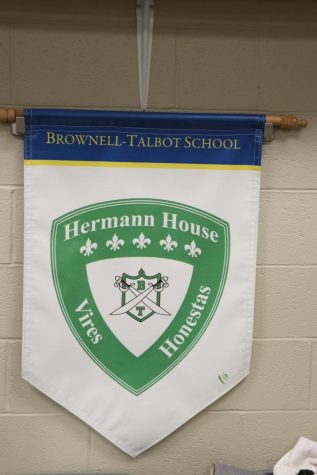
Saratoga
Saratoga is named after the original location of Brownell Hall. The school was located in a hotel named Saratoga Springs which was located at 24th and Grand Avenue. A man named Bishop Talbot was the one that bought the hotel in 1861 and decided to turn it into a boarding school for girls. The hotel was only in use for one year before it closed which then allowed Bishop Talbot to buy it. At the time Nebraska was not a state, Omaha had only been a city for six years, and America was in the middle of a Civil War.
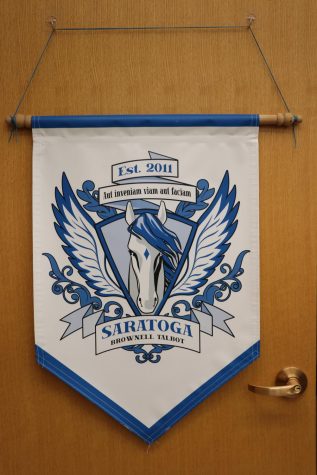

Worthington
After the Saratoga location, Brownell Hall was moved to its Worthington location. Reverend George Worthington was the second Episcopal Bishop of Nebraska and he was the one that initiated the move from 24th Grande Avenue to 10th and Worthington in 1886.


Ingalls
Helen Ingalls was also a Brownell Hall graduate from the class of 1868. She was in the same class as Helen Hoyt. Mrs Ingalls received the highest grades out of the two from her graduating class and was rewarded with $30. In the end she decided to split it with her classmate Mrs Hoyt.

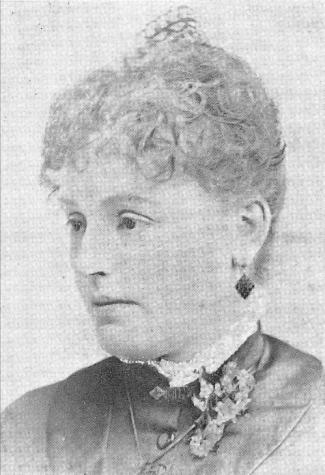
Clarkson
Clarkson received its name from Bishop Robert Clarkson who was Nebraska’s first Episcopal Diocese Bishop in 1868. Just like Bishop Worthington he was responsible for moving Brownell Hall to its 16th and Jones St location in 1868. He and his family lived at Brownell Hall. During his time at Brownell Hall there was a record number of students.


*special thanks to Ms. Mackender for her assistance in writing this story.

Katie is a senior at Brownell this year. She participates in volleyball, science olympiad, and theatre. She has a passion for campus history that is shown...























